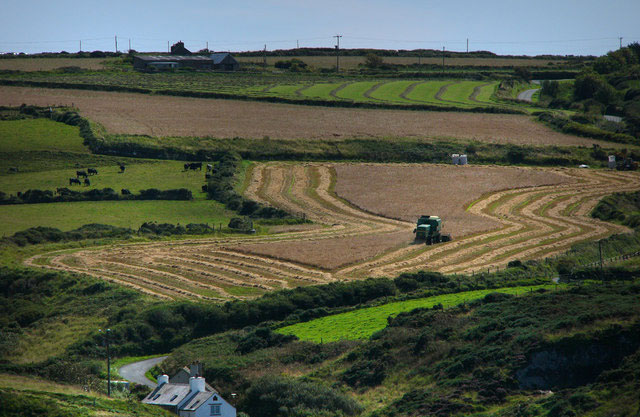
The rural economy is firmly in recovery as growth has spread from non-farming businesses to the farming sector, according to the latest data from the CLA and Smiths Gore.
The CLA said The Rural Economy Index (REI), which is a barometer of businesses in the countryside, has shown continued improvement for the rural economy during the third trimester of 2013.
CLA President Henry Robinson said: “Rural areas were last to enter the recession so it is good news that recovery in the rural economy is now firmly rooted.
”For farming businesses, the pessimism of the last year has gone, and they are now looking forward to higher sales and profits in the next year.”
The survey found that more farming businesses reported rising sales than falling sales for the first time in a year. Sales for non-farming businesses had a net balance of 44 percent compared to just two percent in the previous trimester.
According to the survey, profits for agricultural businesses are expected to rise in the next 12 months, for the first time since the second quarter in 2012, increasing by 11 percent and profit expectations for non-agricultural businesses have risen by 48 percent - the highest levels since the start of the survey.
Rural businesses, such as property and tourism enterprises, reported a more positive outlook for employment and investment with farm businesses expecting to employ the same number of people as last year while nine percent more non-agricultural businesses now expect to employ more people.
Smiths Gore’s Head of Research Dr Jason Beedell said: “Non-agricultural businesses continue to recover and expect growth.
“Business support is very important to sustain the recovery and the investment strategies being prepared by Local Enterprise Partnerships right now must support rural businesses.
“Rural businesses need to understand this funding and work with their LEPs to ensure it supports them. The rural economy is significant – with 28 percent of all British businesses and a quarter of the population.”
